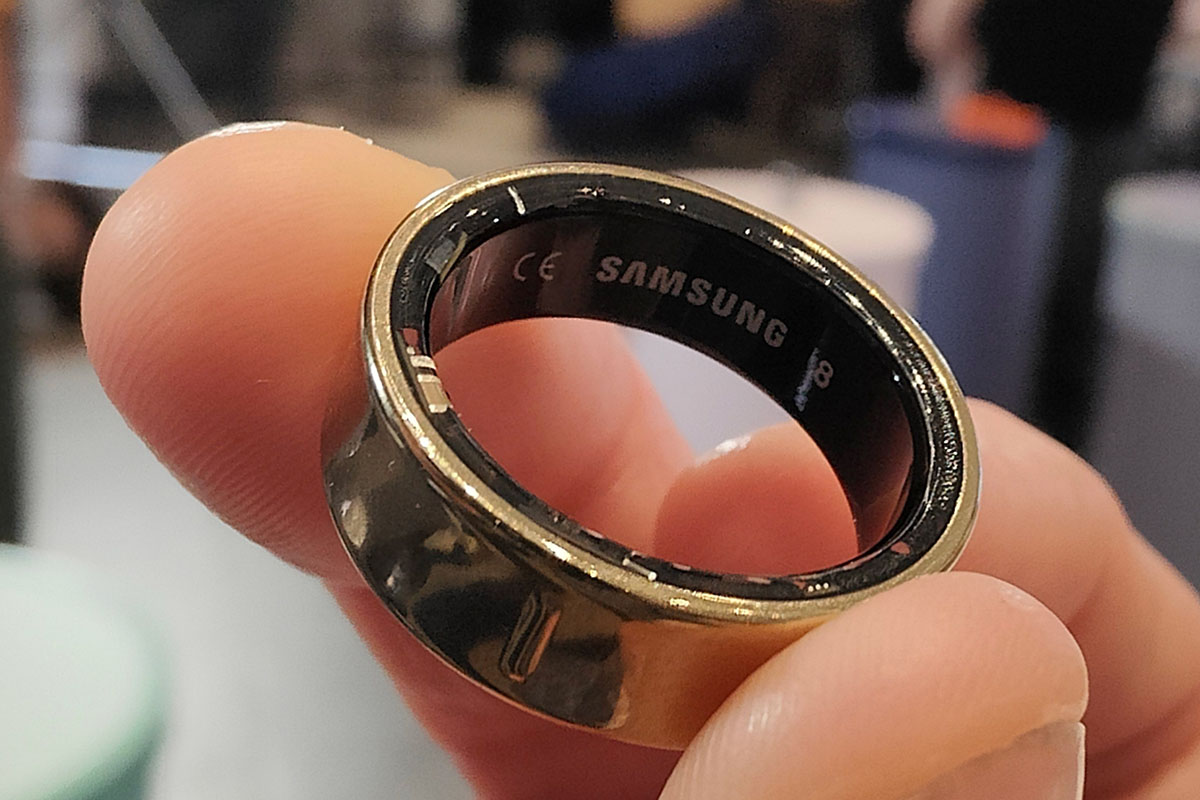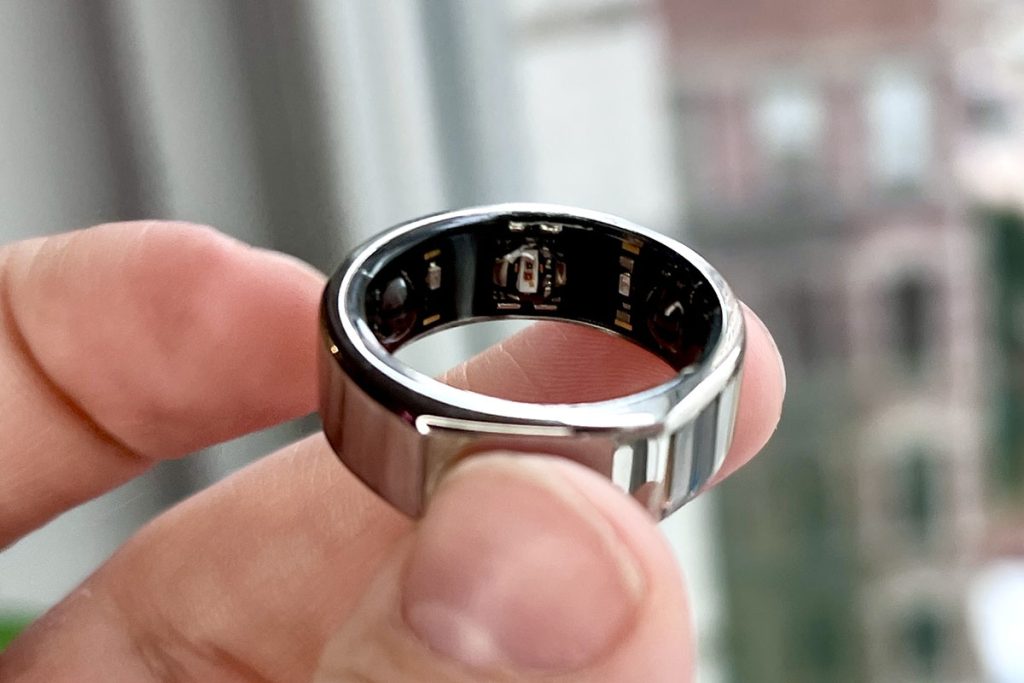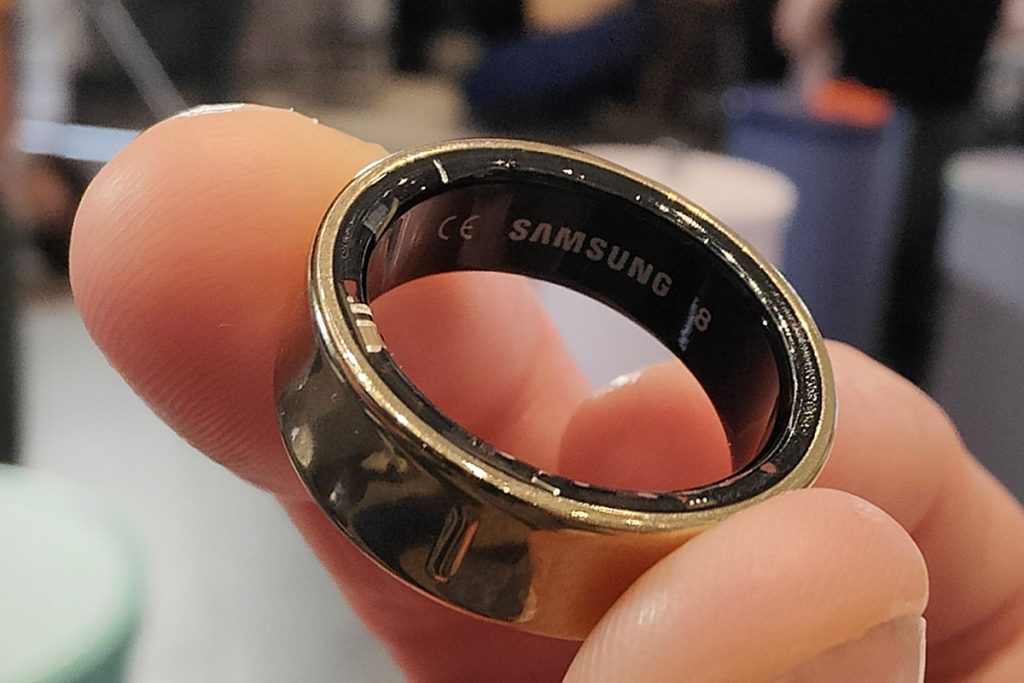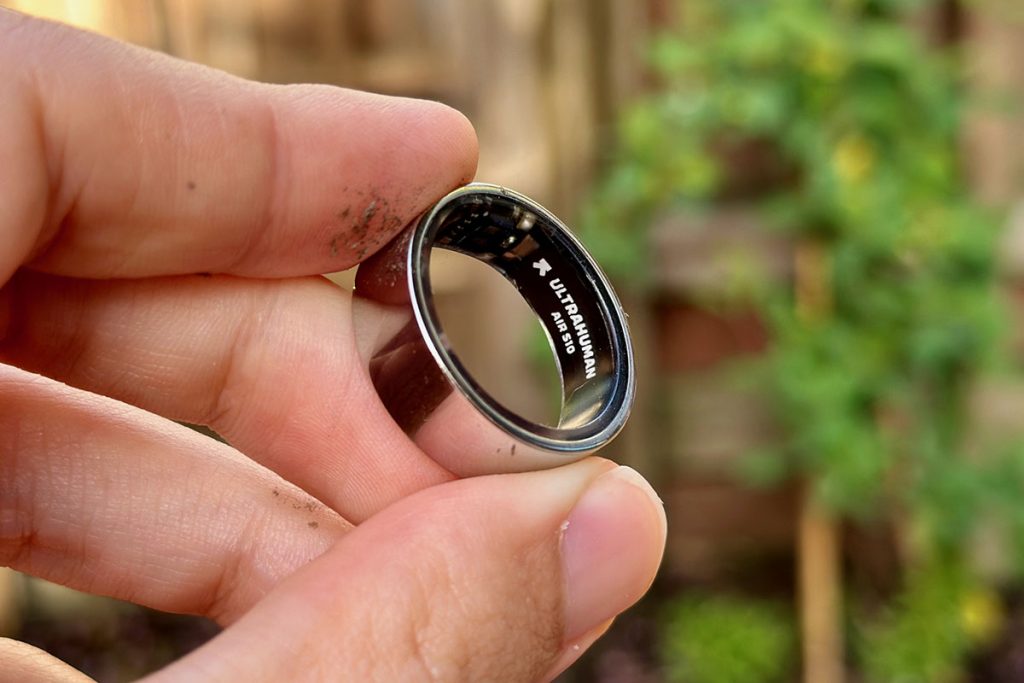
The era of bulky fitness trackers dominating our wrists may be coming to an elegant end. Smart rings—sleek, sophisticated, and surprisingly powerful—are emerging as the next evolution in wearable technology. These tiny titans pack the same health-monitoring capabilities as traditional fitness trackers into a form factor that seamlessly blends with any outfit, from boardroom to black-tie. As major players like Oura, Samsung, and Ultrahuman compete for space on our fingers, we’re witnessing a fundamental shift in how we think about health tracking and personal style.
The Rise of Discreet Health Monitoring
Why Smart Rings Are Gaining Momentum
The appeal of smart rings extends far beyond their aesthetic advantages. In our increasingly health-conscious society, many people want to monitor their wellness metrics without broadcasting their fitness journey to the world. Smart rings offer a solution that’s both functionally superior and socially invisible.
Unlike traditional fitness trackers that scream “I’m monitoring my steps,” smart rings whisper sophistication. They’ve become particularly popular among professionals who find fitness bands inappropriate for formal settings, fashion-conscious individuals who refuse to compromise their style for functionality, and minimalists seeking streamlined tech solutions.
The Technology Behind the Tiny Package
The engineering marvel of smart rings lies in their ability to miniaturize complex sensors without sacrificing accuracy. These devices typically include:
- Photoplethysmography (PPG) sensors for heart rate and blood oxygen monitoring
- Temperature sensors that track minute variations indicating illness or hormonal changes
- Accelerometers and gyroscopes for movement and sleep position tracking
- Bioimpedance sensors in newer models for advanced body composition analysis
The placement on the finger actually offers certain advantages over wrist-worn devices. The finger’s blood flow provides clearer signals for heart rate variability measurements, while the ring’s constant skin contact ensures more consistent temperature readings.
Leading the Charge: The Big Three
Oura Ring: The Pioneer’s Evolution

Oura established the smart ring category and continues to refine its offering with each generation. The Oura Ring Gen 3 has set the standard with:
Comprehensive Sleep Analysis: Oura’s sleep tracking goes beyond basic metrics, offering insights into sleep stages, latency, and efficiency. The ring identifies patterns that affect sleep quality, from late-night meals to alcohol consumption.
Readiness Scores: By combining sleep quality, activity levels, and physiological signals, Oura provides daily readiness scores that help users optimize their schedules around their body’s natural rhythms.
Style Options: Available in silver, black, gold, and stealth finishes, Oura offers both Heritage (flat top) and Horizon (fully round) designs, acknowledging that personal style matters as much as functionality.
Samsung Galaxy Ring: The Tech Giant’s Entry

Samsung’s entry into the smart ring market brings the weight of their ecosystem integration:
Seamless Android Integration: The Galaxy Ring works flawlessly with Samsung Health and other Galaxy devices, creating a unified health monitoring experience across platforms.
Advanced Gesture Controls: Beyond health tracking, Samsung has incorporated gesture controls that allow users to dismiss alarms, control music playback, or trigger camera shutters with simple finger movements.
Extended Battery Life: Samsung claims up to seven days of battery life, addressing one of the primary concerns with smaller wearables.
Ultrahuman Ring Air: The Disruptor

Ultrahuman takes a different approach, positioning their ring as a metabolic health companion:
No Subscription Model: Unlike Oura’s monthly fee, Ultrahuman offers full functionality without ongoing costs, making it attractive for budget-conscious consumers.
Metabolic Insights: The ring focuses heavily on metabolic health, providing insights into how food, exercise, and sleep affect glucose levels and energy expenditure.
Minimalist Design: At just 2.4mm thick, the Ultrahuman Ring Air is remarkably unobtrusive, appealing to those who forget they’re wearing technology.
Real-World Performance and User Experience
Accuracy Compared to Traditional Trackers
Independent studies have shown that smart rings can match or exceed the accuracy of wrist-worn devices in several key metrics:
Heart rate monitoring shows variance of less than 5% compared to medical-grade equipment. Sleep tracking, particularly REM and deep sleep detection, often proves more accurate than wrist devices due to reduced movement artifacts. However, step counting can be less precise since arm movement contributes significantly to traditional step detection algorithms.
Daily Life Integration
Users report that smart rings integrate more seamlessly into daily routines than traditional fitness trackers:
Exercise Compatibility: Rings don’t interfere with weightlifting, yoga, or sports that require wrist flexibility. The lack of a screen eliminates the distraction factor during workouts.
Professional Settings: Unlike fitness bands, smart rings complement business attire without drawing attention. Many users report wearing their smart rings to formal events where fitness trackers would be inappropriate.
Sleep Comfort: The smaller form factor makes rings more comfortable for sleep tracking, particularly for side sleepers who find wrist devices cumbersome.
Fashion Meets Function: Styling Your Smart Ring
Coordinating with Other Jewelry
Smart rings have sparked discussions about modern jewelry etiquette. Fashion experts suggest:
- Wearing smart rings on the index or middle finger to avoid confusion with wedding or engagement rings
- Choosing finishes that complement your existing jewelry metals
- Balancing ring stacks by placing smart rings on the opposite hand from decorative rings
The New Status Symbol
In fashion-forward circles, smart rings have become subtle status symbols. They signal health consciousness, tech-savviness, and discretionary income without the ostentation of luxury watches. This has led to collaborations between tech companies and jewelry designers, promising even more stylish options in the future.
Making the Switch: Practical Considerations
Cost Analysis
While smart rings typically cost more upfront than basic fitness trackers ($299-$549), the value proposition includes:
- Longer lifespan due to no screen wear
- Higher resale value
- Reduced need for smartphone checking
- Potential insurance discounts for health monitoring
Limitations to Consider
Smart rings aren’t perfect replacements for all users:
- No screen means checking data requires a smartphone
- Limited notification capabilities compared to smartwatches
- Sizing must be precise, making online purchases riskier
- Not suitable for contact sports or activities requiring gloves
The Future of Finger-Based Fitness
The smart ring revolution extends beyond current offerings. Upcoming innovations include:
Blood Pressure Monitoring: Several companies are developing rings capable of continuous blood pressure tracking without cuffs.
Glucose Monitoring: Non-invasive glucose monitoring could revolutionize diabetes management.
Payment Integration: NFC-enabled rings may soon handle contactless payments, further reducing smartphone dependence.
As these technologies mature, smart rings may become the primary health monitoring devices for style-conscious consumers. The convergence of fashion and function represents a broader trend in wearable technology—the recognition that devices we wear constantly must enhance, not compromise, our personal style.
Frequently Asked Questions
Q: How do smart rings compare to Apple Watch for fitness tracking?
A: Smart rings excel at 24/7 health monitoring and sleep tracking but lack the display and app ecosystem of Apple Watch. They’re complementary rather than direct replacements—rings for continuous health data, watches for active fitness tracking and notifications.
Q: Can I wear a smart ring while swimming or showering?
A: Most premium smart rings (Oura, Samsung, Ultrahuman) are water-resistant up to 100 meters, making them suitable for swimming, showering, and water sports. Always check specific model specifications before purchasing.
Q: How long do smart ring batteries last compared to fitness trackers?
A: Smart rings typically last 4-7 days on a single charge, comparable to or better than most fitness trackers. The lack of a display significantly extends battery life despite the smaller battery size.
Q: Do smart rings work with both iPhone and Android?
A: Oura and Ultrahuman work with both platforms equally well. Samsung Galaxy Ring offers full functionality with Android but limited features on iOS. Always verify compatibility with your specific phone model.
Q: What finger should I wear a smart ring on?
A: Most manufacturers recommend the index, middle, or ring finger for optimal sensor performance. The key is consistent wear on the same finger, as switching can affect data accuracy. Choose based on comfort and lifestyle.


